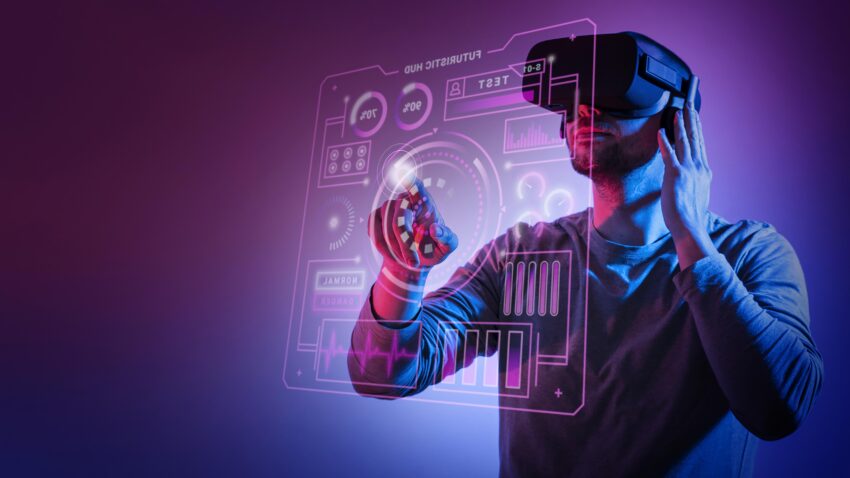Web3 is the next generation of the internet, which is being built on blockchain technology. It is a decentralized internet that is not controlled by any one entity.
Web1 was the first generation of the internet, which was characterized by static websites and limited user interaction.
Web2 is the second generation of the internet, which is characterized by social media platforms, e-commerce websites, and other interactive experiences.
Web3 will be the third generation of the internet, characterized by decentralization, security, and transparency.
In Web3, users own their data and control their own identity. This is in contrast to Web2, where users’ data is often collected and stored by large tech companies. Web3 also uses blockchain technology to secure transactions and make them more transparent.
There are many potential benefits to Web3, including:
- Increased privacy and security
- More control over data
- Increased transparency
- Increased innovation
- Reduced costs
However, there are also some challenges that need to be addressed before Web3 can become mainstream, such as:
- The complexity of blockchain technology
- The lack of user-friendly applications
- The lack of regulation
Despite these challenges, Web3 is a promising technology that has the potential to revolutionize the internet.
Here are some of the key features of Web3:
- Decentralization: Web3 is built on blockchain technology, which is a distributed ledger that is not controlled by any one entity. This means that users have more control over their data and their online experiences.
- Security: Blockchain technology is very secure, making it difficult for hackers to steal data or tamper with transactions.
- Transparency: All transactions on the blockchain are public, which makes it more difficult for fraud and corruption to occur.
- Scalability: Blockchain technology is scalable, meaning that it can be used to support a large number of users and transactions.
- Interoperability: Web3 applications can communicate with each other, which makes it easier to build decentralized applications.
Web3 is still in its early stages of development, but it has the potential to change the way we interact with the internet. It is a decentralized, secure, and transparent internet that gives users more control over their data and their online experiences.
I hope this article has helped you understand Web3. If you have any other questions, please feel free to ask in the comments below.
Image by Freepik
